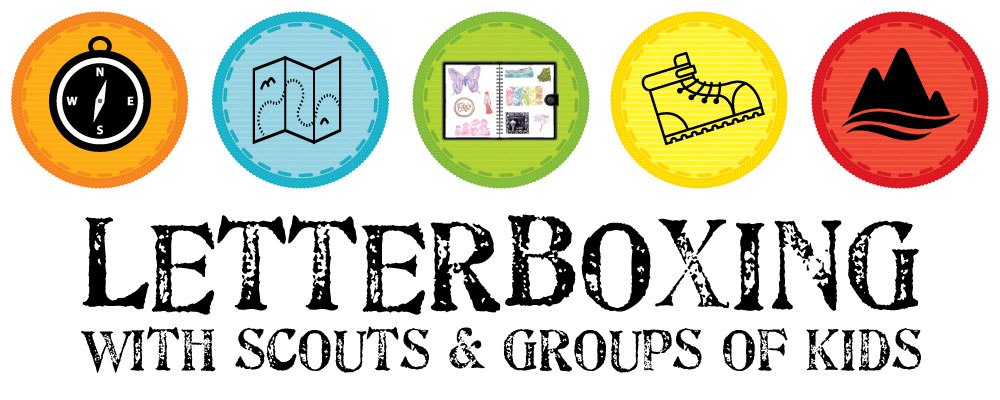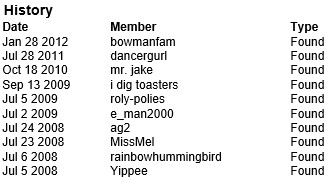

Make Letterboxing FunMany scout troops and groups try once or twice and then drop it because they have not had a successful hunt. We're here to help! Know Before You GoNo one enjoys NOT finding the letterbox at the end of your journey. Fortunately, both of the big clue websites have a way for you to look and see if the one you're after has been found recently. (However, your best bet is to go check on it yourself first.) ATLAS QUEST has two ways to see this:
2) If you sign up for a Premium Membership, you'll also have a View Finds button which shows the details of who found/attempted the box and when.
On LETTERBOXING NORTH AMERICA, if you are LOGGED IN, there will either be a Status code at the bottom of the listing or a Status button that will display see a listing of who has found it and when (depending on which option the planter chose). 


Choose Wisely
Be PreparedThis has already been mentioned, but the subtitle just sounded good here. Browse all the resources on this site! Make sure to bring water, compass, bug spray and other hiking supplies and know what plants in your area to avoid. No one likes to itch! You will need to take ink with you. Ink pads are great and some are much better than others. Many boxers carry special markers for multi-colored stamps. A simple way for scout groups is to carry a pack of Crayola or RoseArt broadline markers. Stamping is FunDon't underestimate the value of hand-carved stamps. Enjoyable hikes, solving puzzles, mini history lessons and bonding adventures are all part of this hobby, but the stamping is a fundamental part of what makes letterboxing unique. This means two things for scout leaders: 1) Kids like to make their own signature stamps and stamp them. While many planters will appreciate you using one group/troop/pack stamp so that you don't take up the whole logbook, you can still let the kids use small individual sig stamps when you find a box with a larger logbook. However, please still take up only as much space as is really necessary. Even better, have them save their individual sig stamps for exchanges with others. (Some letterboxers have separate logbooks just for that.)
Keep Track
This also reinforces the concept of respect by alerting the planter of the condition of the box AND letting future finders know whether it is still there. |